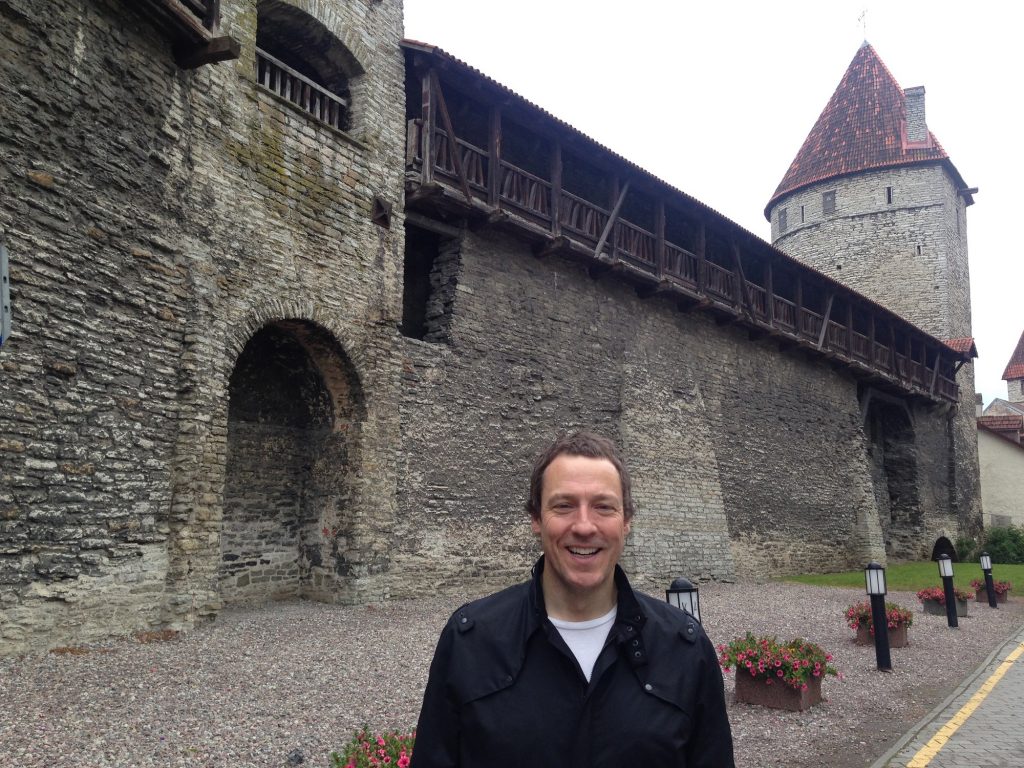Building walls to protect your business…
I recently visited the beautiful Medieval city of Tallinn in Estonia. It’s a UNESCO World Heritage Site, contains lots of beautiful architecture (as you’d expect) and has some rather quirky claims to fame, such as being home to Skype and Europe’s longest-serving pharmacy (see my other blog on running a business for 600 years).
The picture above is of me by the city’s defensive walls, originally built in 1265. As the landscape and threats to the city changed, so the walls were adapted by the townspeople to ensure they could cope with any new threats.
Seeing the solid stone walls and hearing about the tunnels beneath got me thinking about how the town became prepared and able to defend itself from harm and what parallels that has in business.
Protecting your business
What walls have you built around your business? What’s your strategy for who you let in and who you keep out? And how do you know hiding behind the walls doesn’t mean you’re missing out on great opportunities?
Tallin’s walls provided a robust way to keep out invaders – you might call them competitors or external threats. Your business walls should create a safe place for customers to be retained and be high enough to make your competition have difficulty climbing them and also offer a feeling of security for your team.
But it’s no good spending all of your time looking in, so the walls of Tallinn are dotted with lookout towers. In a business sense these allow you to keep an eye on the market, spot changes on the horizon, and give you a top-down view of your business. They allow you to conduct a health-check.
Defensive walls allow you to protect your business for the future, helping it to be more sustainable. But they must be used wisely. You don’t want to create a place so inaccessible that new customers or team members can’t get in.
Look after your customers
A common problem I come across with business owners is them not holding onto new customers. Often, a new client is secured and they think the hard work is done and they head off trying to win the next new customer before the existing one is retained.
Tallinn had the foresight to build itself protection that would last for centuries and protect the city. What protection are you building in your growth strategy to ensure longevity?
Once you’ve set up the walls to protect your business, how are you checking to make sure they are still fit for purpose? Is your organisation flexible enough to change as the landscape or the threats change? And how do you empower your people to make this happen?
All of these elements around retaining and winning new business, ensuring your business planning is dynamic and building a team to make it happen are the key elements of any growth strategy. Without this, you are directionless and don’t have any protection from the challenges that we encounter on our journey.
Do you have a lengthy business plan and never look at it or maybe you have no plan at all? Many business owners don’t manage their company strategically, know what to focus on or measure daily, to have complete clarity and control.
If you would like to manage your business on a single page, access our tool here to get started: www.tendo-uk.com/plan


